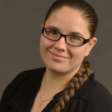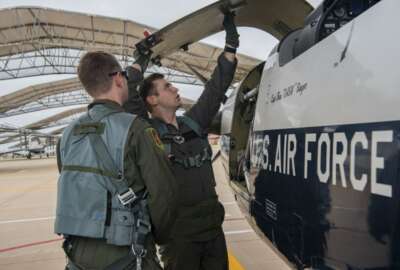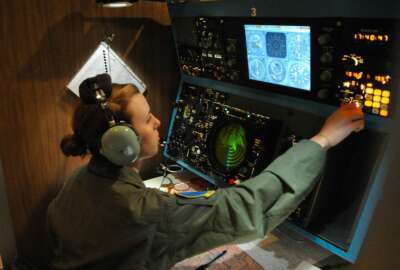
New Air Force enrichment program takes off, with major success
Chief Master Sgt. Erick Fierro says the Air Force's enrichment program was designed to show each airman how their job contributes to mission success.
Travis Air Force Base recently launched a new program designed to give its airmen a deeper look into all of the positions needed to ensure the base runs smoothly. The base, located in Solano County, California, has around 25,000 maintainers, aircraft operators, medics, food and maintenance crews, etc., that are essential to the mission, according to Chief Master Sgt. Erick Fierro.
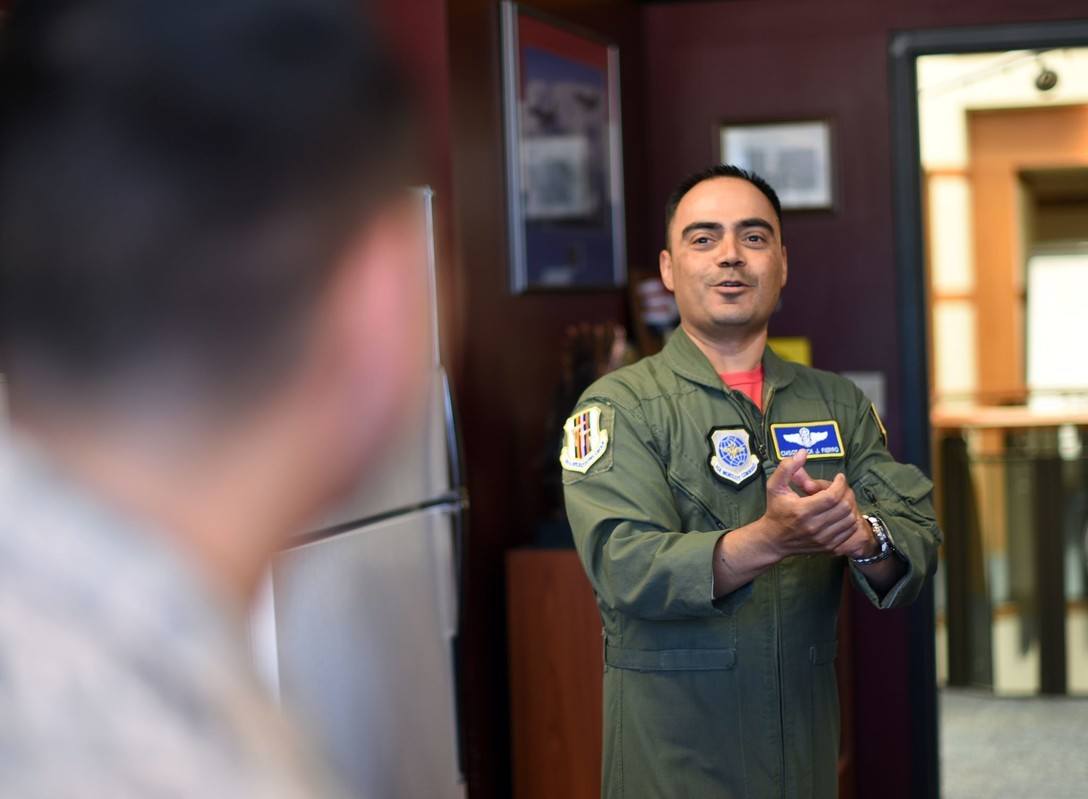
“Our airmen, as we call ourselves, are highly-trained professionals. Very often though, they’re 19-20 years old, and they can get focused really on their own mission, their own objectives,” Fierro said on Agency in Focus: Air Force. “Sometimes they don’t have … a full understanding of how their specific job contributes to the overall mission.”
Fierro said the ultimate goal with this new enrichment program was to tie everybody together and show them how each position is vital to ensuring the aircraft — mainly C-5’s and C-17’s, plus K-10 maintainers — get off the ground without a hitch, and the airmen are safe and healthy.
The base held an Innovation Day on June 14, bringing together airmen from Travis’ 34 squadrons to receive hands-on demonstrations of each other’s jobs and mission contributions.
“We wanted to show them and not just talk to them about what they’re doing and how they’re impacting the mission,” he said.
The normal day-to-day interaction between a maintainer and the aircraft operator is very slim. A maintainer’s job is to set up the aircraft and then watch it go. The overall impact of the job on the mission isn’t as obvious as the one flying the plane.
That was one reason Fierro, a former maintainer, and his team decided to launch this program — to show each airman how their job contributes to the success of the base’s mission.
“We know every time one of these aircraft leave the ground, we have taken a leap of faith and said I trust the maintainer. I trust the medic that these folks are healthy. I trust that the maintainer turned the wrench appropriately. I trust that the food I was served at the dining facility was at the right temperature, prepared correctly, stored correctly, [and] the people that prep were training correctly and so on,” he said. “Every single time one of these aircraft get [back] on the ground, we are basically stating that’s exactly what happened.”
Next steps
During the course of one day, ground teams were given a tour of the aircraft, control towers and radar approach control (RAPCON) areas. Fierro’s team also took it a step further and allowed them time in the simulators — currently used for consistent training — to essentially learn how to operate an aircraft by themselves.
The feedback they received showed just how successful the program was. Fierro said he expected a majority of the comments to be about how much fun they were, but said the feedback went beyond their expectations.
“The feedback that I really, really cherished was some of the questions that we got asked about the mission. I thought we were going to get more of the fun, gee-whiz questions, but they really started asking strategic-level questions,” he said. “And we’re talking about E-3’s and 4’s, up to 6, were asking some very Air Force level mindset questions and what the future is … with some of the logistics issues that [an] operations group encounters. That’s where we thought we hit a home run, when we started hearing some of those types of questions”
The next day others were asking about participating in the next enrichment program day.
Related Stories
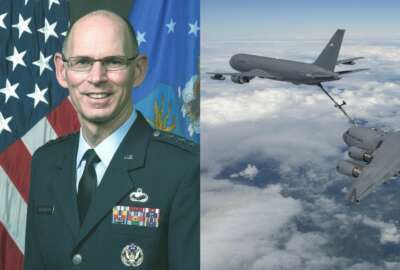
Air Force official stresses vitality of compromise between industry, government
The first program launch was focused on the air operators. Fierro said there are no limitations to what the team will do next, but he would love for the air operators to see the work the medics, maintainers and supporters do.
“Eventually, the goal is for this to reach every airman here on Travis Air Force Base,” he said.
During the first innovation day, those who participated became honorary members of the squadrons they learned more about.
The Air Force also has a reskilling program that allows members to go back, retrain and become an official member of a different squadron. Fierro said they knew some of the participants could become interested in other areas at the base through this program.
He said he owes a lot of the success of the program to those involved in the planning stages.
“Our wing leadership was always on board, from the very beginning. They gave us a blank canvas and just let us paint our picture,” he said. “But more importantly, I think it was the individuals that helped with the actual program.”
Copyright © 2025 Federal News Network. All rights reserved. This website is not intended for users located within the European Economic Area.
Steff Thomas is a digital editor at Federal News Network.

